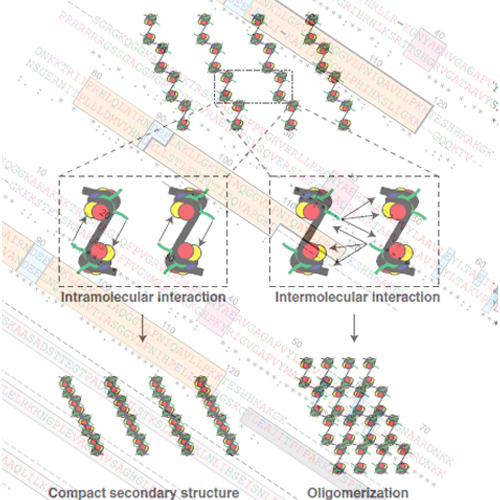Histone H2A variants in nucleosomes and chromatin: more or less stable?
21-Sep-2012
Nucl. Acids Res., 2012, doi: 10.1093/nar/gks865, published on 21.09.2012
Nucl. Acids Res., online article
Nucl. Acids Res., online article
In eukaryotes, DNA is organized together with histones and non-histone proteins into a highly complex nucleoprotein structure called chromatin, with the nucleosome as its monomeric subunit. Various interconnected mechanisms regulate DNA accessibility, including replacement of canonical histones with specialized histone variants. Histone variant incorporation can lead to profound chromatin structure alterations thereby influencing a multitude of biological processes ranging from transcriptional regulation to genome stability. Among core histones, the H2A family exhibits highest sequence divergence, resulting in the largest number of variants known. Strikingly, H2A variants differ mostly in their C-terminus, including the docking domain, strategically placed at the DNA entry/exit site and implicated in interactions with the (H3–H4)2-tetramer within the nucleosome and in the L1 loop, the interaction interface of H2A–H2B dimers. Moreover, the acidic patch, important for internucleosomal contacts and higher-order chromatin structure, is altered between different H2A variants. Consequently, H2A variant incorporation has the potential to strongly regulate DNA organization on several levels resulting in meaningful biological output. Here, we review experimental evidence pinpointing towards outstanding roles of these highly variable regions of H2A family members, docking domain, L1 loop and acidic patch, and close by discussing their influence on nucleosome and higher-order chromatin structure and stability.











